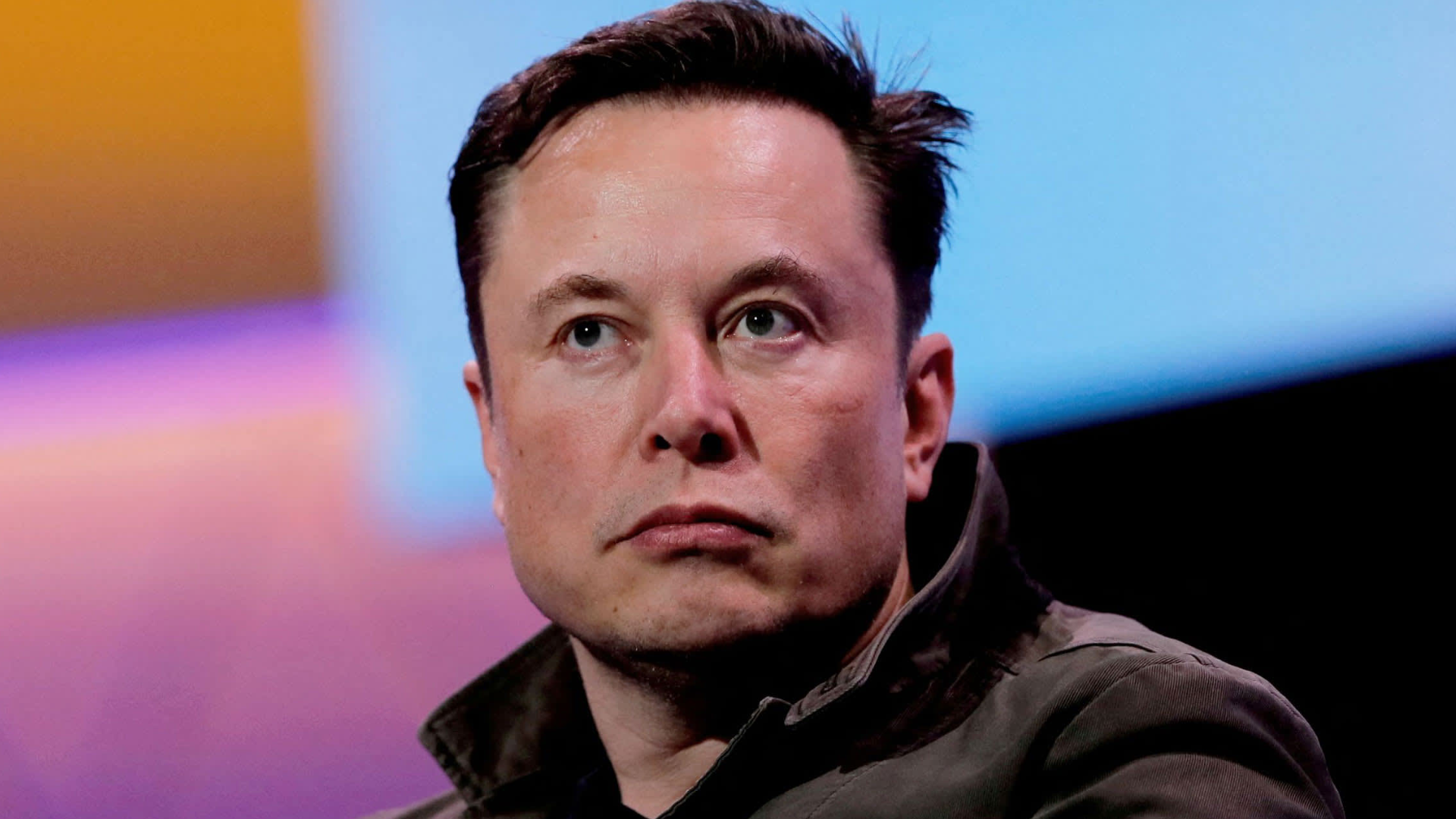The U.S. economy is projected to show solid growth in the third quarter, fueled by easing inflation and strong wage gains that support consumer spending. This economic momentum comes just ahead of a contentious presidential election focused on pocketbook issues.
Robust Economic Growth Estimates
The Commerce Department will release its advance estimate for third-quarter gross domestic product (GDP) on Wednesday, just days before the November 5 election. Voters will choose between Vice President Kamala Harris and former President Donald Trump, with current polls indicating a neck-and-neck race. Economists expect GDP to have increased at an annualized rate of 3.0% from July to September, matching the previous quarter’s pace. Although estimates ranged from 2.0% to 3.5%, a recent surge in the goods trade deficit led the Atlanta Fed to adjust its forecast to 2.8%.
Consumer Sentiment and Spending
Many Americans consider the economy a top issue, expressing frustration over high food and housing costs despite stronger-than-expected economic performance. Trump has consistently been viewed as a better steward of the economy in various polls. “It looks like it’s going to be a strong finish right before the election for the U.S. economy,” said Christopher Rupkey, chief economist at FWD BONDS. “The economy is certainly better off than it was four years ago, and it shows no signs of slowing down.”
Consumer spending, which accounts for over two-thirds of economic activity, is estimated to have grown at a rate of at least 3.5%, up from 2.8% in the previous quarter. However, concerns remain that much of this growth may be concentrated among middle- and upper-income households.
Federal Reserve Policy and Household Relief
With inflation nearing the Fed’s 2% target, the central bank recently initiated a cycle of easing monetary policy, including a significant half-percentage-point rate cut last month. This shift has prompted some economists to believe that monetary policy might not have been as restrictive as previously thought. The labor market, while slowing, remains strong, with low layoff rates and rising wages contributing to increased household net worth.
According to Brian Bethune, an economics professor at Boston College, “As we got into the disinflation cycle, wages have been going up, so you’re seeing real wage gains.” These factors have provided relief for many households, especially lower-income families.
Business Investment and Future Outlook
Business spending, particularly on aircraft and technology, is expected to contribute positively to GDP growth, along with government expenditures. Nonetheless, residential investment likely contracted for the second consecutive quarter, and trade has been a drag on growth for the third straight quarter.
The effects of recent hurricanes and strikes at major companies like Boeing are thought to have had minimal impact on the last quarter’s growth but could become more significant in future reports. Economists believe that continued economic resilience may lead the Fed to adopt a more gradual approach to policy easing than previously indicated.
(Includes inputs from online sources)
ALSO READ: Donald Trump’s Truth Social Surges to $10 Billion, Now Worth More Than Elon Musk’s X


















